October 29, 2025
Data Shows Endangered Palau Ground Doves Swiftly Recovering After Successful Palauan Island Conservation Effort
Astounding evidence of recovery on Ulong Island in Palau after just one year!
Published on
December 15, 2016
Written by
Emily Heber
Photo credit
Emily Heber
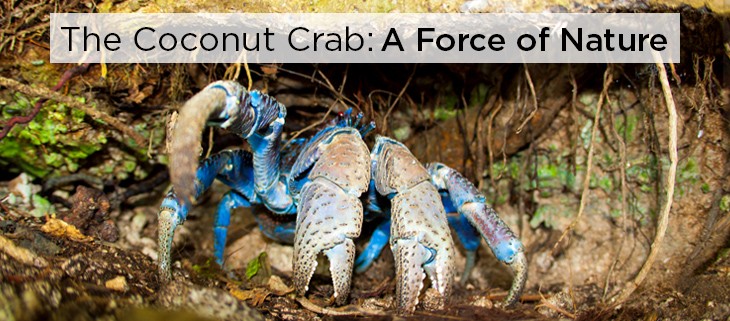
Research explores just how strong a Coconut Crabs pinch can be, but there is so much more to understand about these vibrant animals.
The Coconut Crab is a unique and beautiful creature found on islands throughout the Indo-Pacific. This vibrant species is the largest hermit crab in the world–measuring up to 18 inches long and weighing up to 9 pounds. Researchers have recently discovered that along with its size comes immense strength. In this recent study from PLOS One, the researchers used a metal bar that could measure the amount of force generated from a Coconut Crab’s pinch.
The force is remarkably strong, study author Shin-ichiro Oka, a zoological researcher at Japan’s Okinawa Churashima Research Center explained. The range of their relative pinching force was greater than the maximum force of any animals within their body-size range.
Although the highest force measured was already an impressive 400 pounds, the force of each crush was correlated with body size to determine the maximum force a coconut crab could use. This number was even more impressive: 740 pounds! The researchers explained that if human hands had the same strength, a person could exert six tons of crushing force. This amount of force from a coconut crab is comparable to that of a lion’s bite.
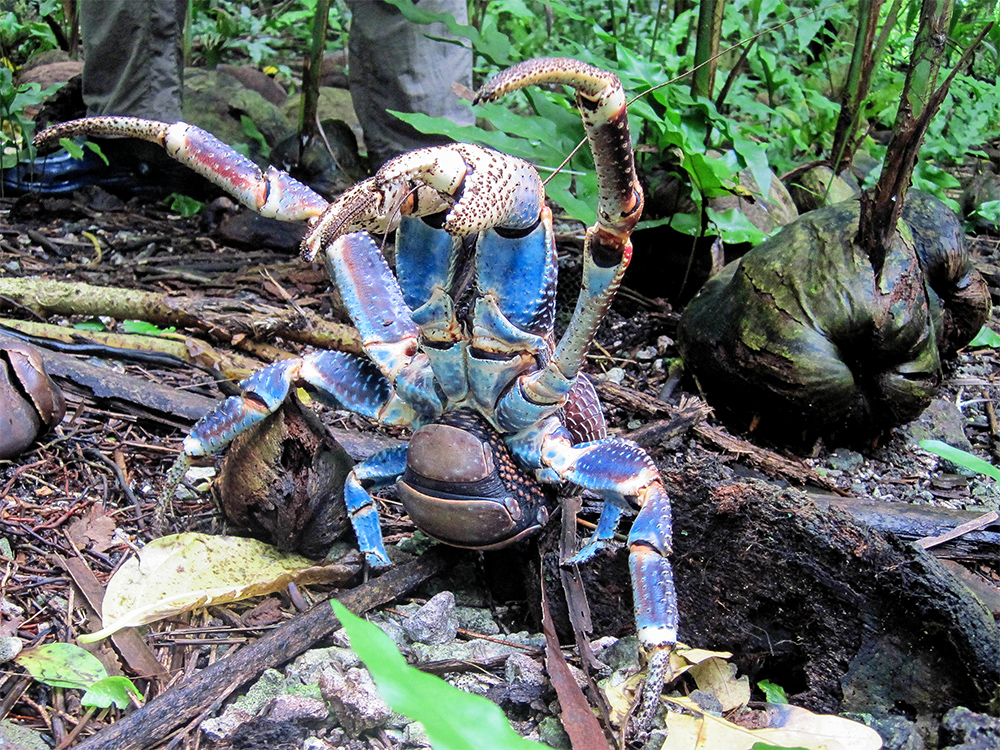
However, the groundbreaking research is not over. Researchers say there is still more work to be done. Although these crabs have always inspired scientific questions, there is very little known about them. The researchers could not conclusively explain why the species would need such strength but provided a potential suggestion:
They have no shell to protect from their enemies, so the powerful claw and large body would be useful as a weapon to protect themselves.
These powerful creatures can be found on tropical islands around the world including Palmyra Atoll. Invasive rats were observed attacking juvenile or molting crabs, but now the atoll is rat-free and the ecosystem is thriving.
So, if you ever find yourself on an island with a coconut crab–watch out for your hands!
Featured photo: A Coconut Crab. Credit: Island Conservation
Read the original article at The Washington Post
Check out other journal entries we think you might be interested in.

October 29, 2025
Astounding evidence of recovery on Ulong Island in Palau after just one year!
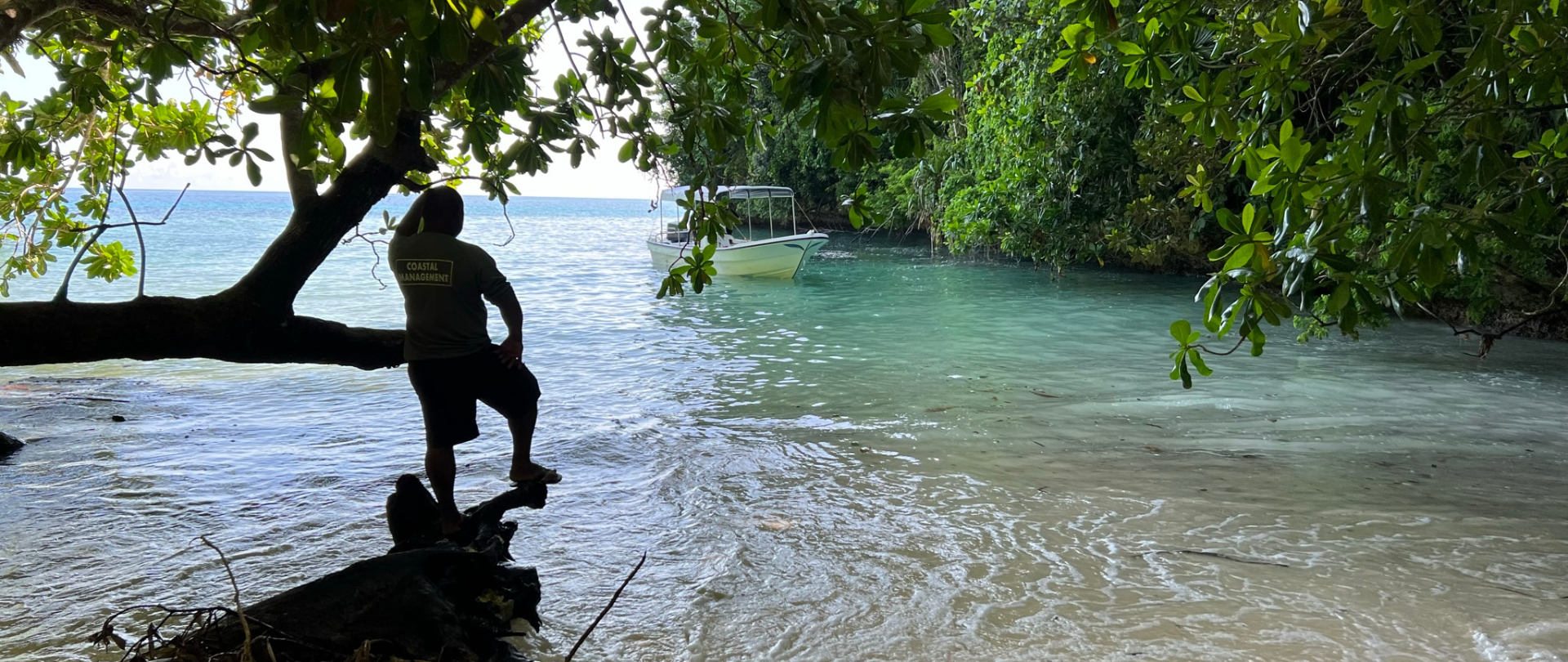
May 19, 2025
Read our position paper on The 3rd United Nations Ocean Conference (UNOC 3) to see why we're attending and what we aim to accomplish!
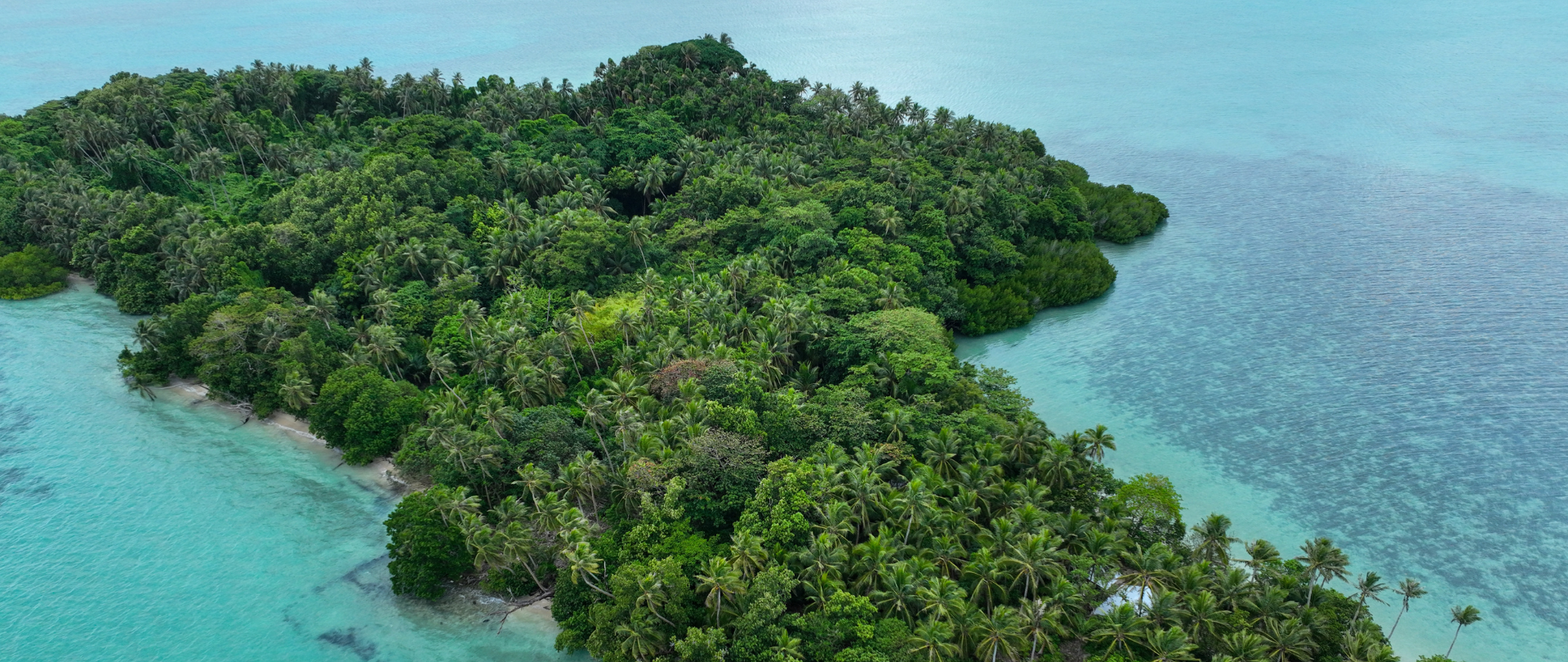
December 4, 2024
Ann Singeo, founder of our partner organization the Ebiil Society, shares her vision for a thriving Palau and a flourishing world of indigenous science!
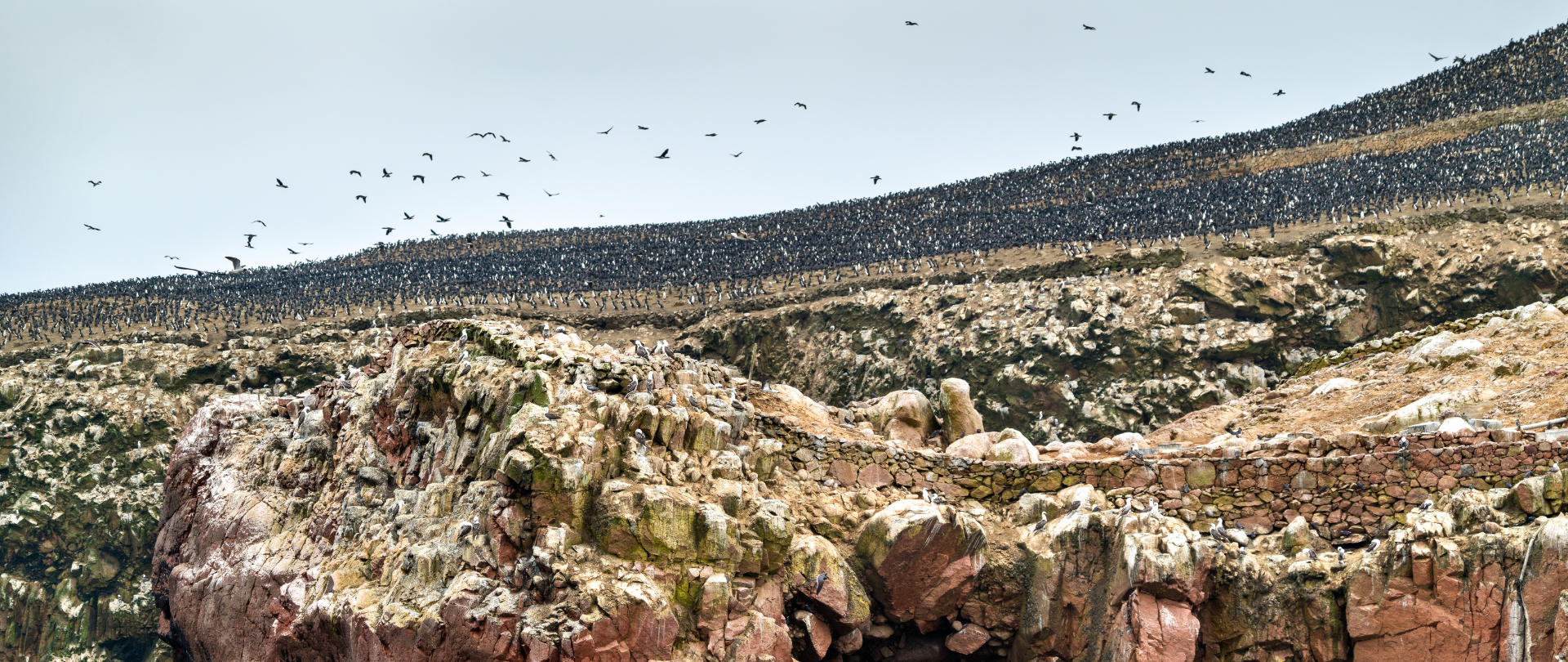
November 22, 2024
This historic agreement aims to protect the marine and coastal areas of the Southeast Pacific.
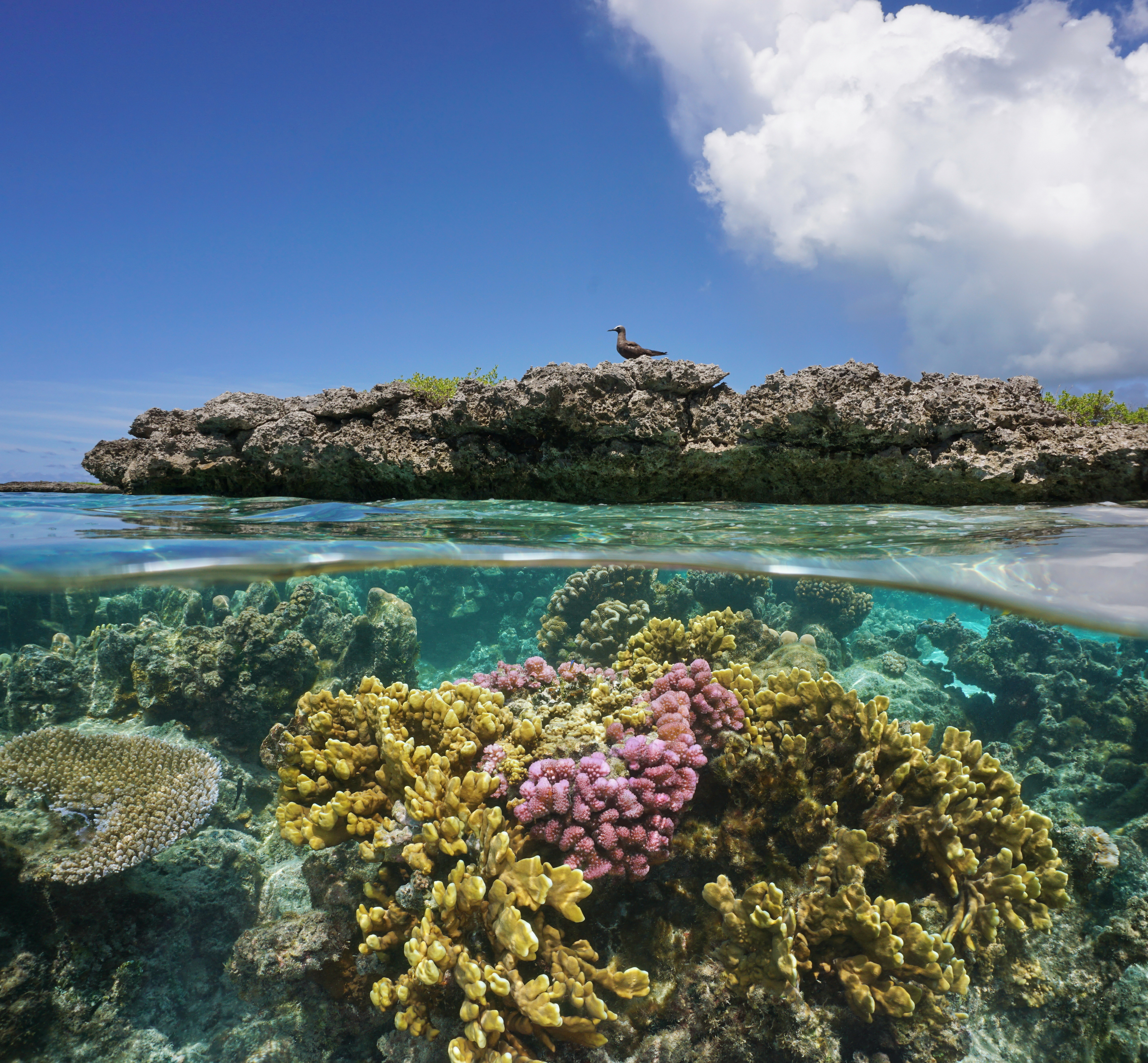
November 18, 2024
Our projects to restore key islets in Nukufetau Atoll forecast climate resilience and community benefits in Tuvalu!
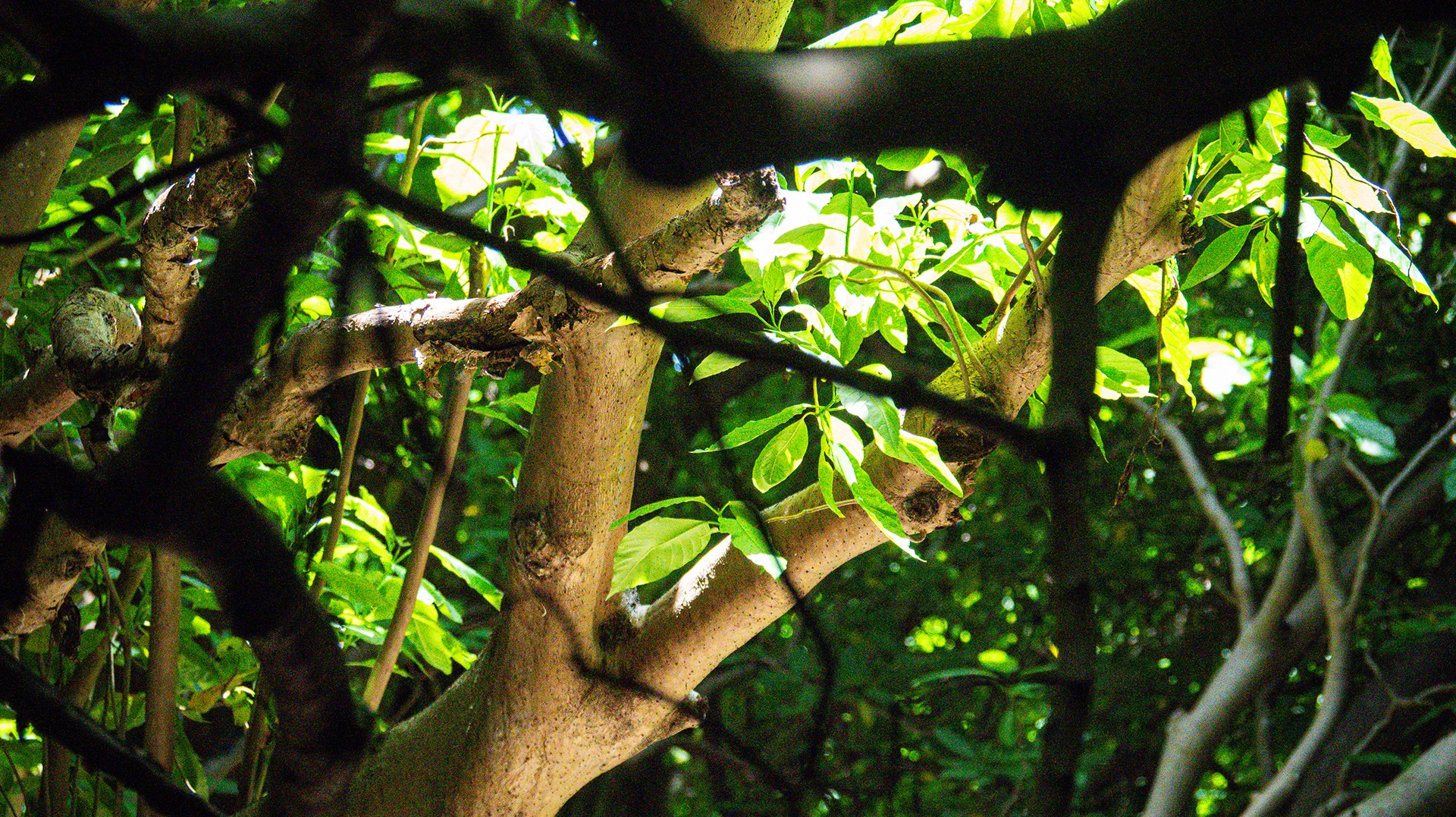
October 3, 2024
Island Conservation and partners have published a new paper quantifying ecosystem resilience on restored islands!
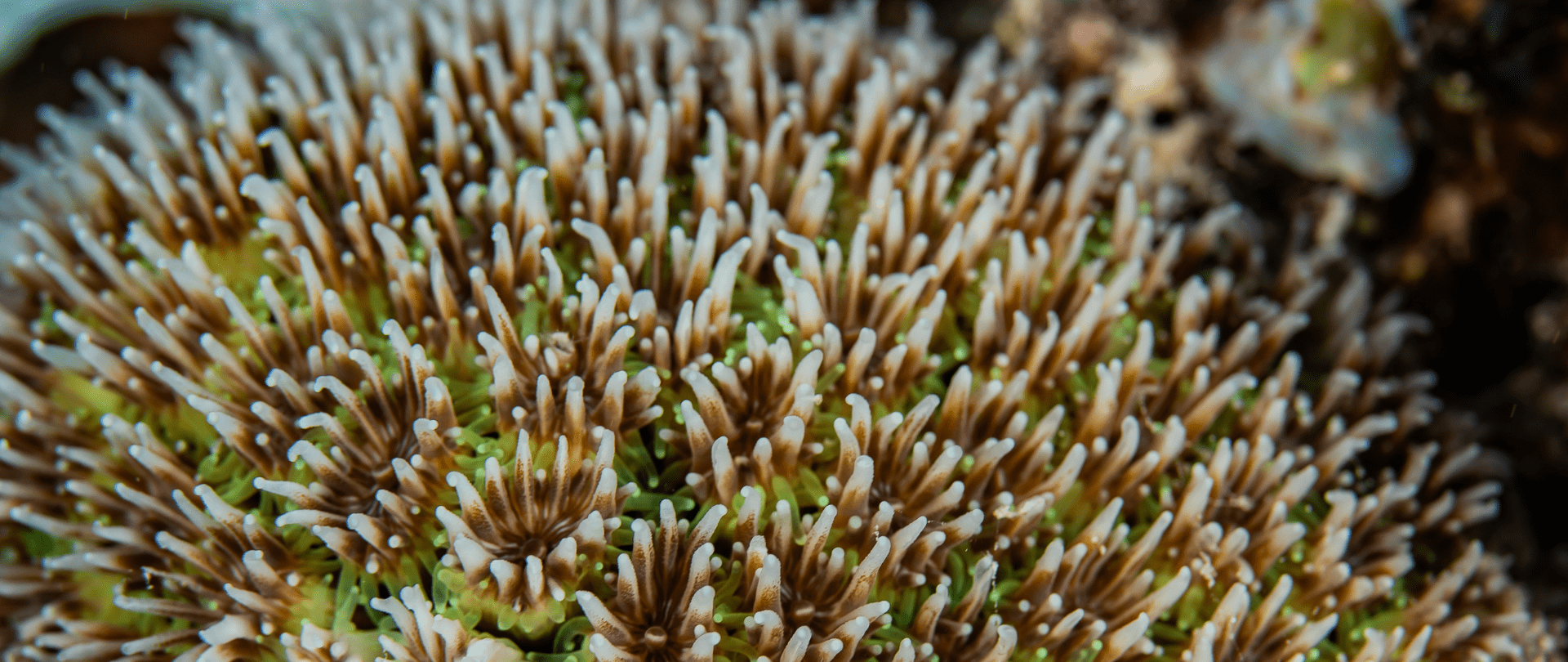
September 10, 2024
Climate Week NYC: what is it and why is it important? Read on to find out why Island Conservation is attending this amazing event!

September 5, 2024
With sea levels on the rise, how are the coastlines of islands transforming? Read on to find out how dynamic islands really are!

December 14, 2023
Join us in celebrating the most amazing sights from around the world by checking out these fantastic conservation photos!
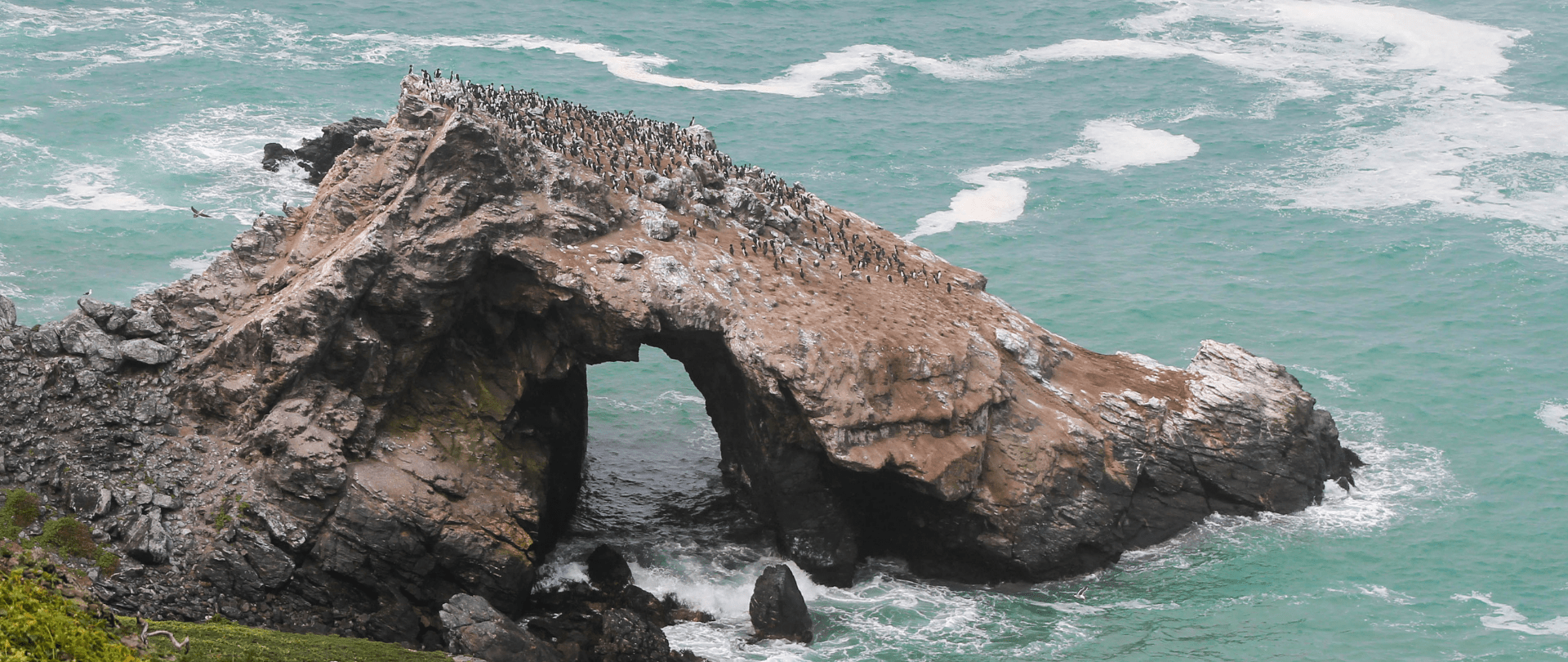
November 28, 2023
Rare will support the effort to restore island-ocean ecosystems by engaging the Coastal 500 network of local leaders in safeguarding biodiversity (Arlington, VA, USA) Today, international conservation organization Rare announced it has joined the Island-Ocean Connection Challenge (IOCC), a global effort to…